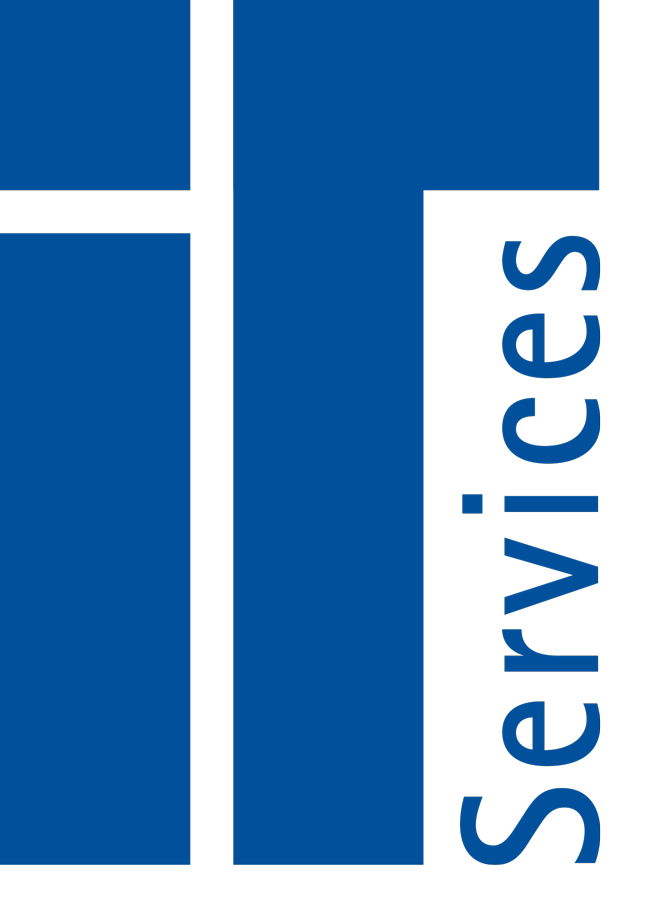Project-Overleaf
With Project-Overleaf, an IT- service is available at the Projektablage with which documents can be written jointly and simultaneously in TeX. In contrast to Cloud-Overleaf, because of the integration into the Projektablage, Project-Overleaf it is easy to collaborate with internal and external persons.
General information
-
Who can use Project-Overleaf?
All users of the Projektablage who have been granted access to this IT-service in a project space via the administration interface.
-
What is TeX and LaTeX?
TeX (pronounced ‘tech’) is a text typesetting system that is particularly popular in the scientific field. In contrast to the more graphical work in typical word processing programmes, the document in TeX is written as source code and then compiled. This makes it easier to capture mathematical formulations in text form.
LaTeX is a software package that simplifies the use of TeX through macros and is the most widespread method of using TeX today.
-
What is Overleaf?
Overleaf is an online editor in which several people can work together in real time. The document can be compiled at any time and is then available as a preview on the right-hand side. Version control makes it easy to undo individual changes and clearly shows who originally made the changes. A chat is integrated for coordination purposes. The documents can be downloaded at any time as PDF or source code and used offline.
A wide range of setting options (compiler, themes, font size, etc.), auto-completion, auto-compilation and, if required, an integrated Vim or Emacs mode are available.
![In Overleaf, the source code is shown on the left hand side and a preview of the document can be seen on the right]()
![In Overleaf, the source code is shown on the left hand side and a preview of the document can be seen on the right]()
![In Overleaf, the source code is shown on the left hand side and a preview of the document can be seen on the right]()
In Overleaf, the source code is shown on the left hand side and a preview of the document can be seen on the right -
What restrictions come with the Projektablage?
It is currently not possible to create multiple Overleaf projects in a single project space. There are two ways to edit multiple documents at the Projektablage:
Multiple project spaces at the Projectablage
Pro: Several ‘real’ Overleaf projects
Con: Double user administration
Structuring documents in subfolders
Pro: No double user administrationWe recommend the use of structuring in subfolders, as there is no need for double user administration. Structuring in subfolders is also common on local TeX installations in order to maintain an overview. Overleaf automatically compiles the file that is currently open in the editor if it contains \documentclass. Otherwise, the setting under ‘Menu’/‘Main document’ is used. This can also be used to always automatically open this main file when opening the project.
Usage
-
Rich-text editor
The rich text editor offers the option of creating a TeX document in the style of ‘What you see is what you get’. For example, headings, mathematical formulae and images are displayed directly, making it easier for less experienced users to get started. The source code can be visualised and edited by clicking on a formula, for example.
![Der Rich-Text-Editor ermöglicht auch weniger erfahrenen Nutzern einen leichteren Einstieg in die Bearbeitung von TeX-Dokumenten]()
![Der Rich-Text-Editor ermöglicht auch weniger erfahrenen Nutzern einen leichteren Einstieg in die Bearbeitung von TeX-Dokumenten]()
![Der Rich-Text-Editor ermöglicht auch weniger erfahrenen Nutzern einen leichteren Einstieg in die Bearbeitung von TeX-Dokumenten]()
The rich text editor also makes it easier for less experienced users to start editing TeX documents -
Git integration
The Git integration of Overleaf makes it possible to use an Overleaf project as a remote Git repository. This means you can work on an Overleaf project locally and offline. Local changes to a project can be committed and uploaded to the server in accordance with how Git works.
You can call up the Git URL and the clone command for a project via the ‘Git’ option in the project menu:
![How to find the Git integration in Overleaf]()
![How to find the Git integration in Overleaf]()
![How to find the Git integration in Overleaf]()
The option to use the Git integration can be found in the menu of an Overleaf project in the ‘Sync’ section After clicking on ‘Git’, the clone command is displayed:
![The Git clone command is displayed after selecting ‘Git’ in the Overleaf project menu.]()
![The Git clone command is displayed after selecting ‘Git’ in the Overleaf project menu.]()
![The Git clone command is displayed after selecting ‘Git’ in the Overleaf project menu.]()
The Git clone command is displayed after selecting ‘Git’ in the Overleaf project menu. If you have not already done so, you can also create a token in the dialogue. This token serves as a password when accessing the Git repostory.
A total of 10 different tokens can be created. The tokens can be managed via the settings of your Overleaf account.










